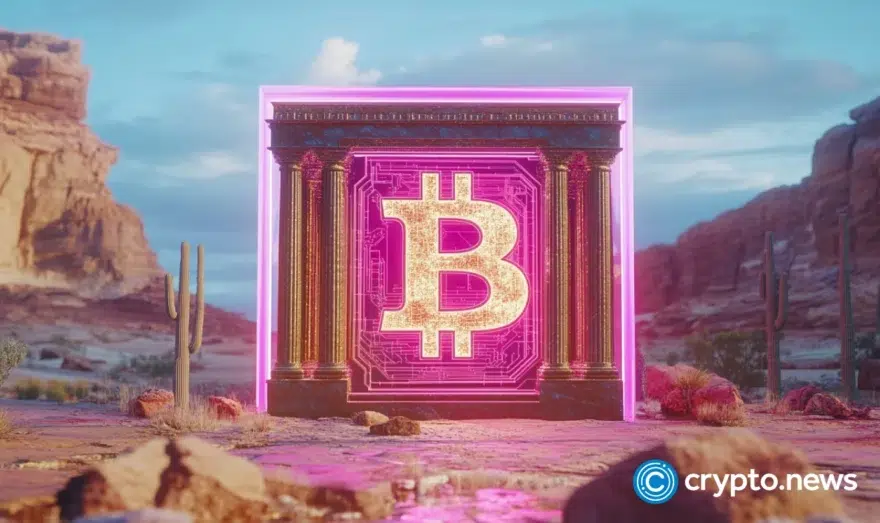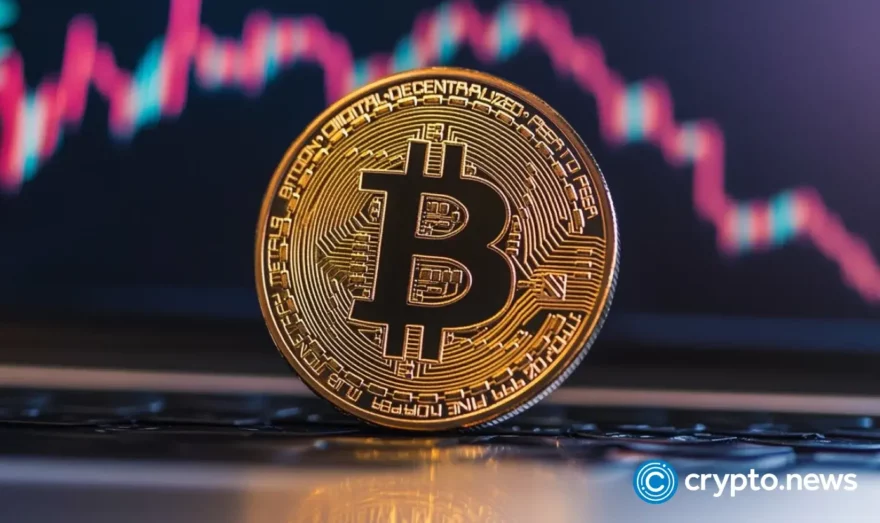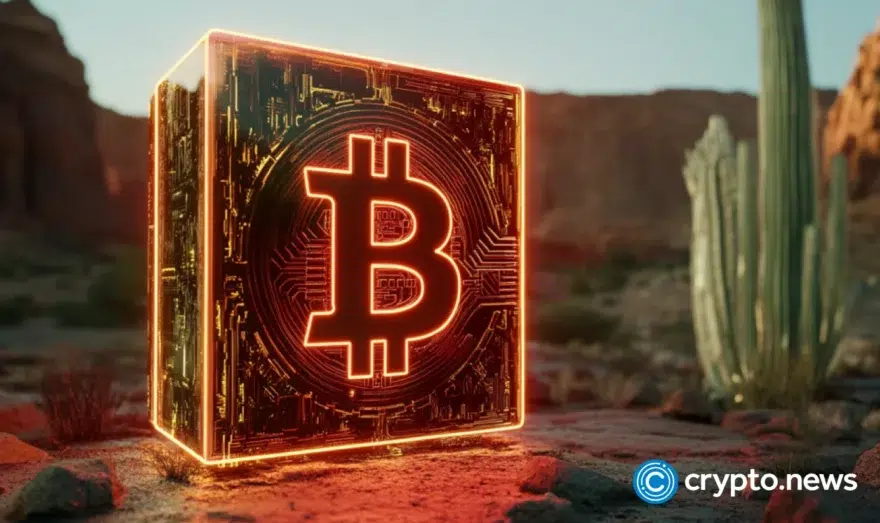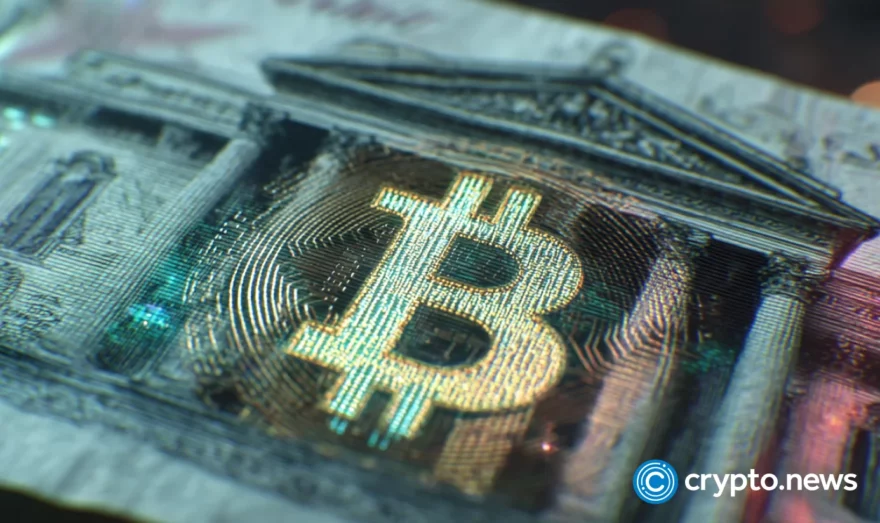
Bitcoin News
Stay ahead with the latest Bitcoin news, from market movements to adoption trends. Whether it’s price surges, institutional interest, or regulatory shifts, we cover everything shaping the future of the world’s first and largest cryptocurrency
Latest Bitcoin News






CoinShares: BTC loses favor, assets under management reach new all-time high on 12th week of inflows



















